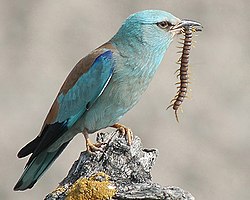| Common name | Scientific name and subspecies | Range | Size and ecology | IUCN status and estimated population |
|---|
| Purple roller  | Coracias naevius
(Daudin, 1800)
| sub-Saharan Africa
 | Size:
Habitat:
Diet: | LC
|
|---|
| Indian roller 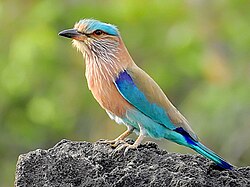 | Coracias benghalensis
(Linnaeus, 1758)
- C. b. benghalensis(Linnaeus, 1758)
- C. b. indicusLinnaeus, 1766
| Western Asia to Indian Subcontinent
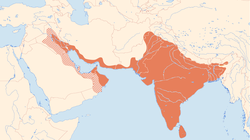 | Size:
Habitat:
Diet: | LC
|
|---|
| Indochinese roller  | Coracias affinis
Horsfield, 1840 | eastern India to southeast Asia
 | Size:
Habitat:
Diet: | LC
|
|---|
| Purple-winged roller  | Coracias temminckii
(Vieillot, 1819) | Islands of Sulawesi, Bangka, Lembeh, Manterawu, Muna and Butung
 | Size:
Habitat:
Diet: | LC
|
|---|
| Racket-tailed roller  | Coracias spatulatus
Trimen, 1880 | southern Africa from Angola, south-eastern Democratic Republic of Congo and southern Tanzania to northern Botswana, Zimbabwe, Malawi and Mozambique
 | Size:
Habitat:
Diet: | LC
|
|---|
| Lilac-breasted roller  | Coracias caudatus
Linnaeus, 1766
| sub-Saharan Africa and the southern Arabian Peninsula
 | Size:
Habitat:
Diet: | LC
|
|---|
| Abyssinian roller  | Coracias abyssinicus
(Hermann, 1783) | tropical Africa in a belt south of the Sahara, known as the Sahel
 | Size:
Habitat:
Diet: | LC
|
|---|
| European roller 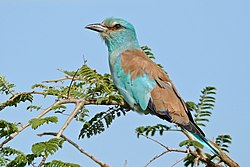 | Coracias garrulus
(Linnaeus, 1758)
| Middle East, Central Asia, Mediterranean and eastern Europe.
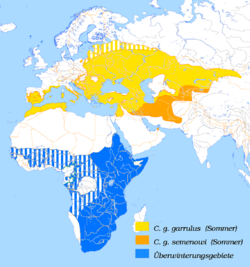 | Size:
Habitat:
Diet: | LC
|
|---|
| Blue-bellied roller  | Coracias cyanogaster
Cuvier, 1816 | Senegal to northeast Democratic Republic of the Congo
 | Size:
Habitat:
Diet: | LC
|
|---|
